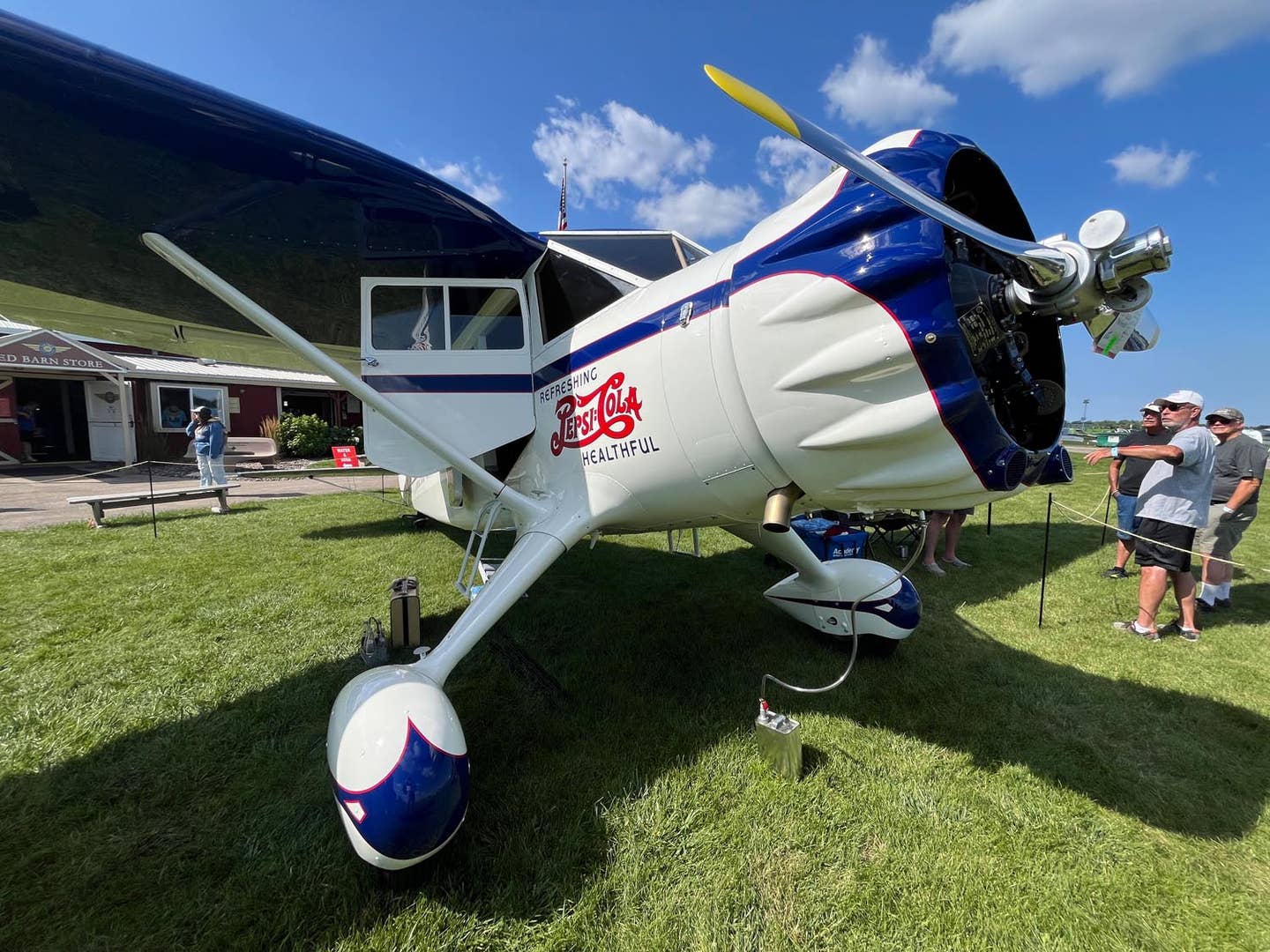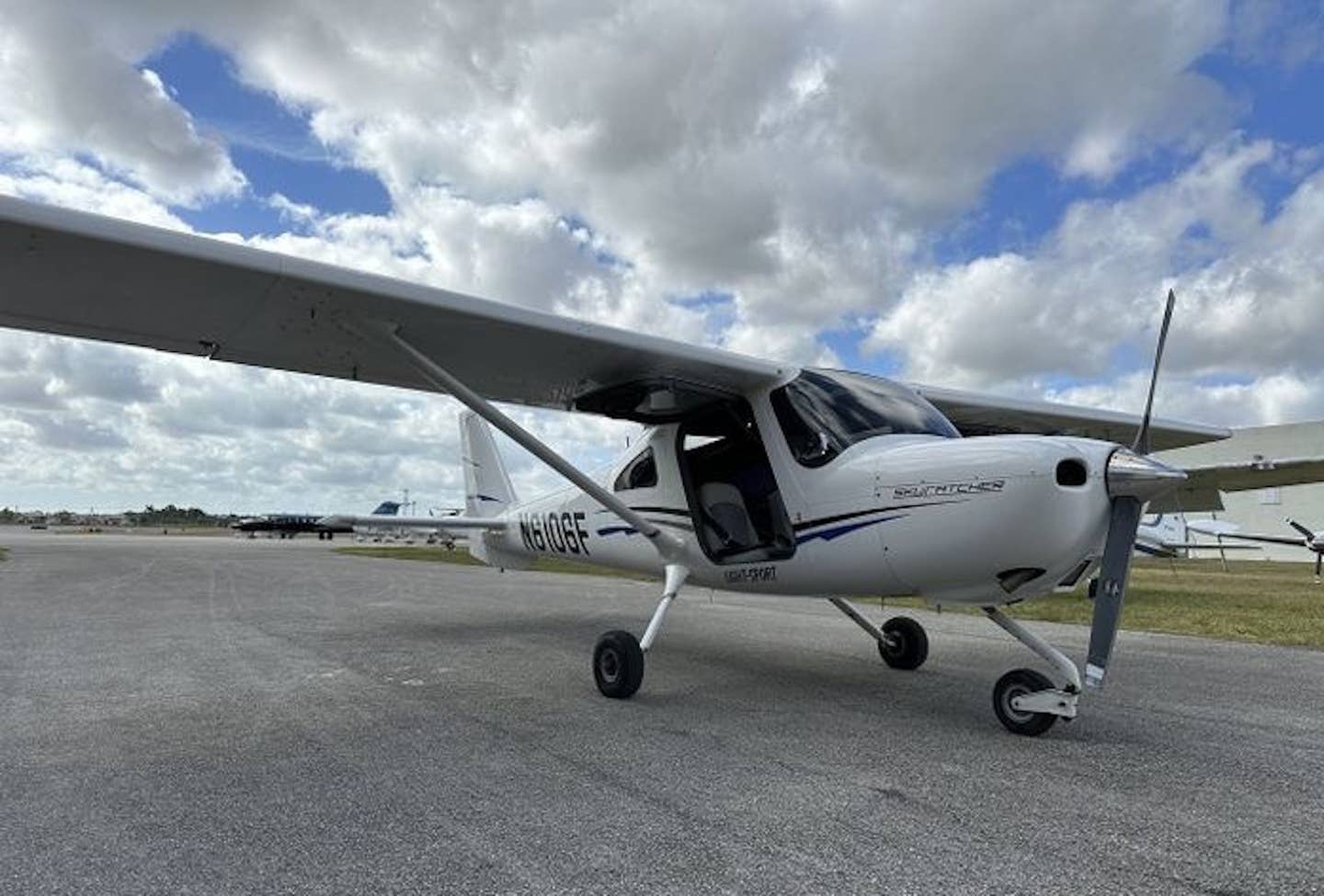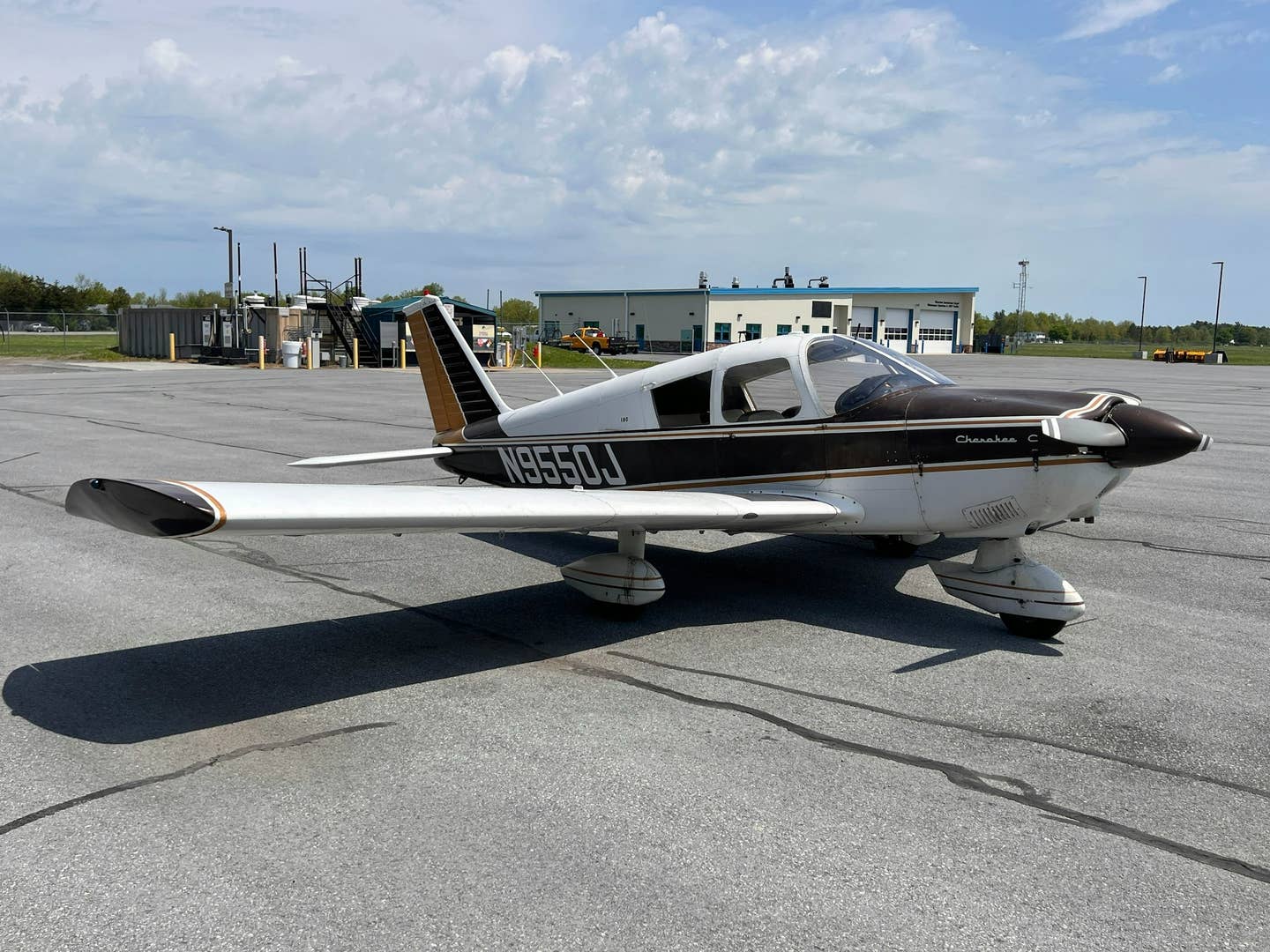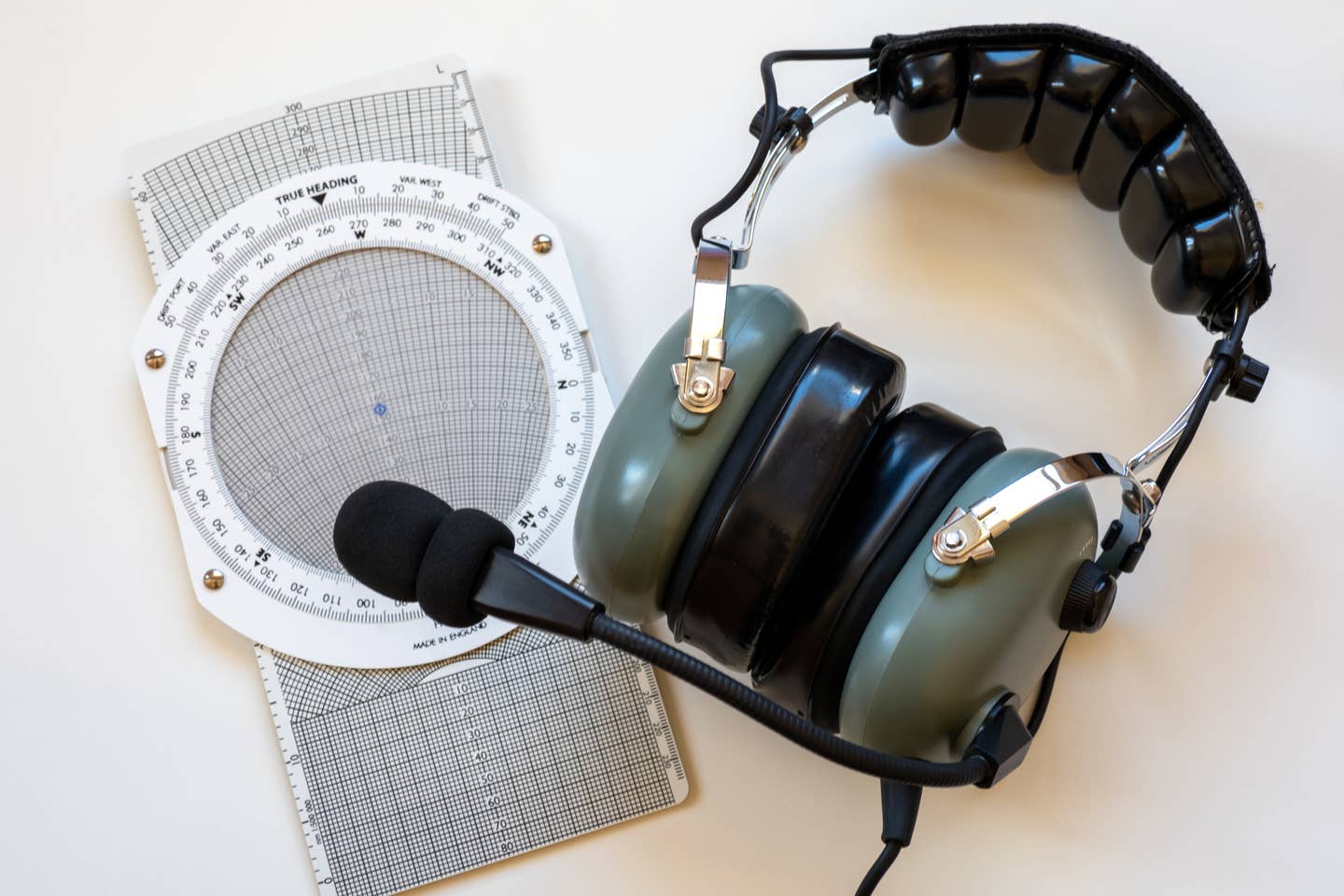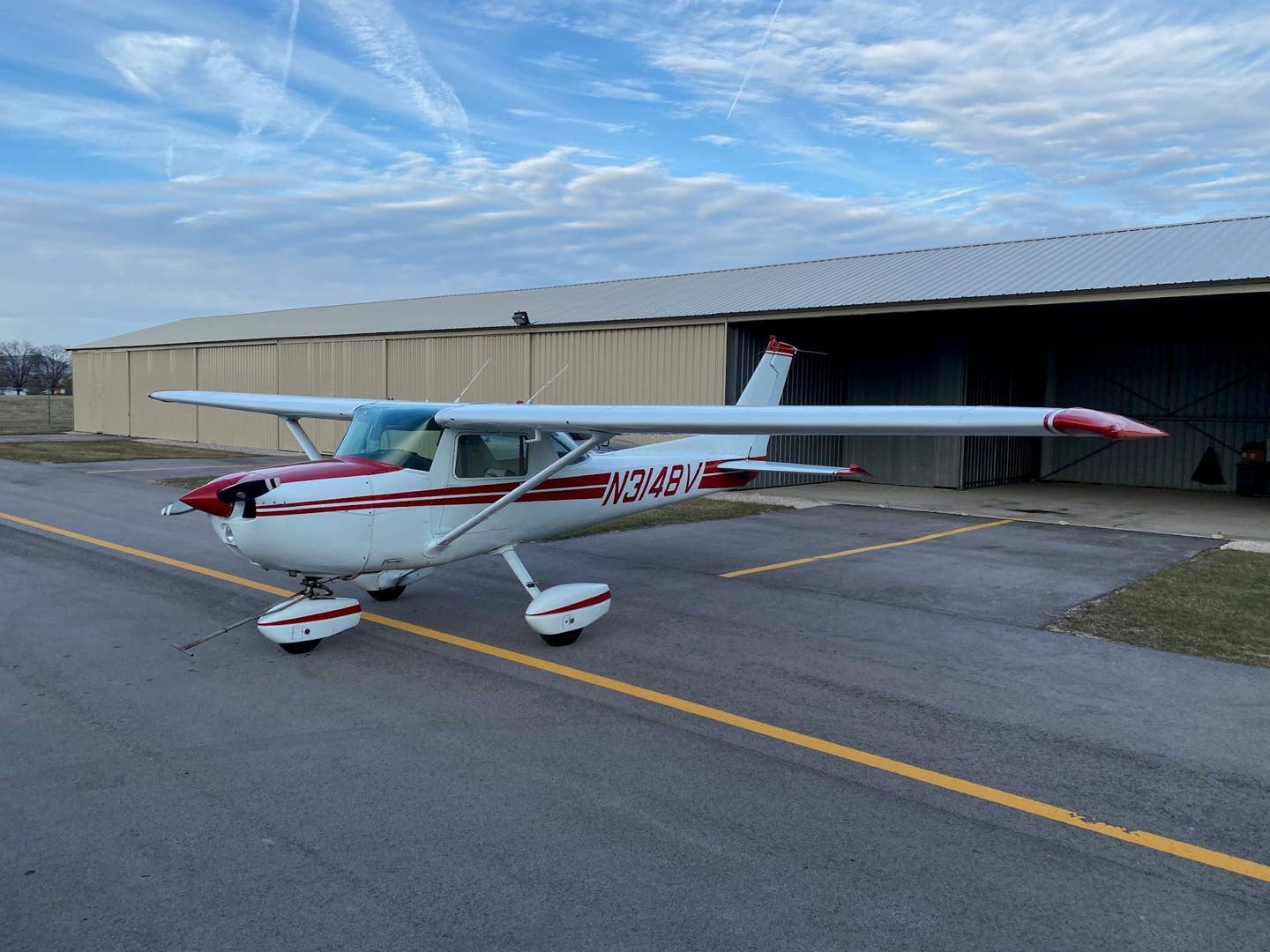Sketches of Adventure
I thought I was prepared for my first EAA AirVenture experience in Wisconsin. By mid-July, I had a dance card filled, with interviews and media events blocked for every one…
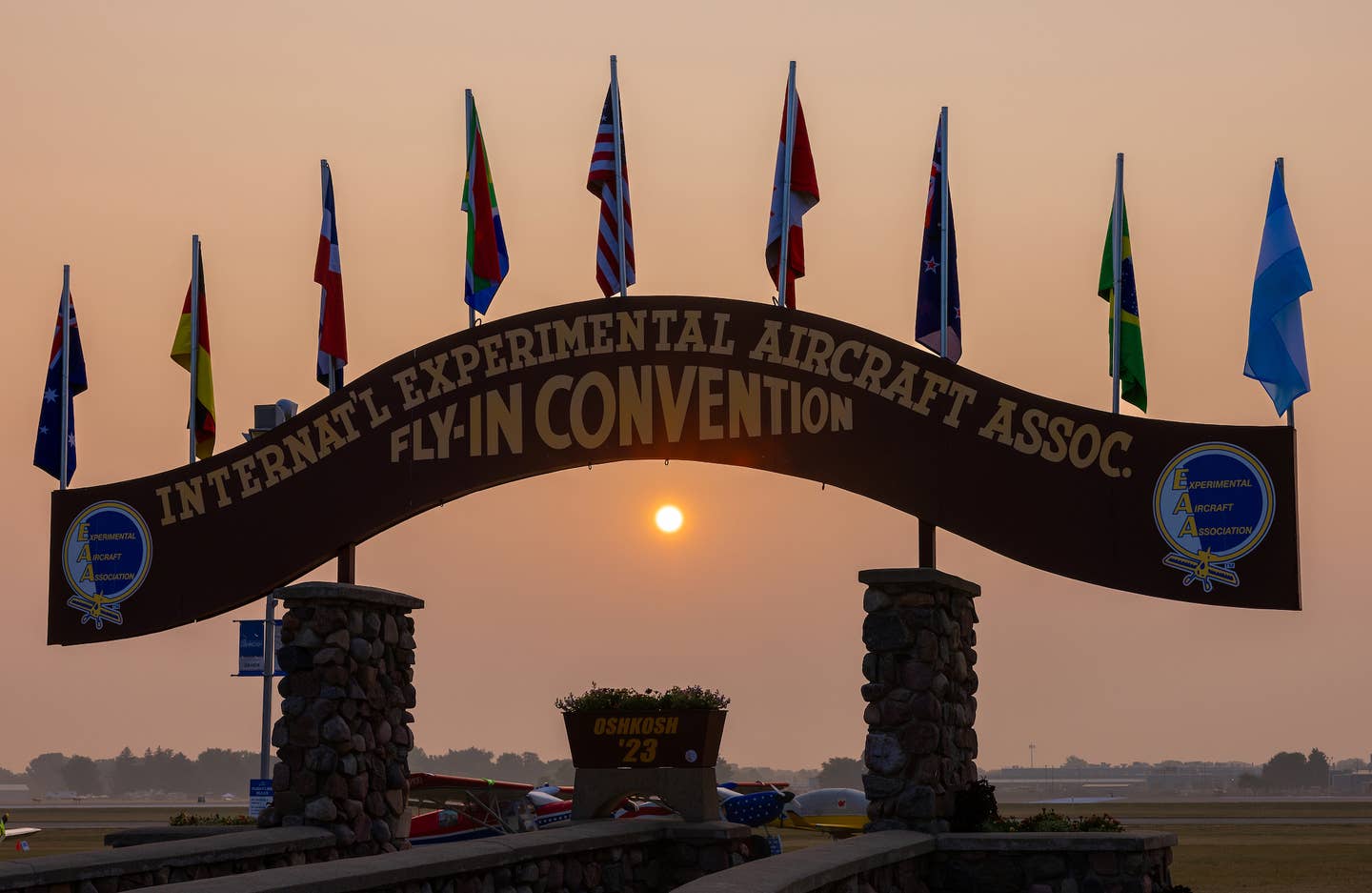
I had starry-eyed visions of leisurely conversations with the owners of fabulously restored vintage birds and plenty of time to people watch. [Photo: Stephen Yeates]
I thought I was prepared for my first EAA AirVenture experience in Wisconsin.
By mid-July, I had a dance card filled, with interviews and media events blocked for every one of the seven days I would be in attendance. I had read everything I could about what to pack and wear to stay comfortable walking from one end of the venue to another in search of the next story. I had talked to my sister and other friends who had been there. I was ready.
I knew I would have some time between events and interviews, so I planned to take in the daily air shows and spend some time visiting the museum to get out of the heat. I had starry-eyed visions of leisurely conversations with the owners of fabulously restored vintage birds and plenty of time to people watch. But I didn’t know about the Oshkosh vortex.
The trouble started on day one, Sunday, after I picked up FLYING Media Group technical editor Meg Godlewski from Appleton International Airport (KATW) and then innocently tried to get us into the event. We spent 45 minutes touring at least three of the campgrounds, off-roading on terrain my low-clearance Honda wasn’t designed to handle. I’m still not entirely sure how we managed to get into those areas, much less out again—arguing like an old married couple over which way to go.
And it wasn’t the last time during the week my navigational skills departed, which was disconcerting because they are usually decent at worst. I’m going to blame it all on the fact that the event map wasn’t oriented to the north. Godlewski may be skeptical about that.
Meanwhile, FMG travel editor Jonathan Welsh was having an even more frustrating experience. Weather forced him to abort his Sunday flight into the event, and the next day he made the difficult decision to return home in light of the low visibility conditions because of smoke.
FMG editor-in-chief Julie Boatman nodded sagely at my midweek “flustration” when my schedule continued to rearrange itself in unexpected ways. “That’s the Oshkosh vortex,” she said.
The best-laid plans at AirVenture have a way of swirling out of your hands. And so it turned out that my first Oshkosh was as much about learning how to Oshkosh—psychologically—as it was about getting great stories. The trick is to embody airshow zen. You just let the swirling tides move you. And when you do, you might end up somewhere unexpectedly awesome—like when I found myself with Godlewski in the cockpit of NASA’s Super Guppy, interviewing pilot Ray Heinemann about what it’s like to fly the beast; or with Jeremy King a day later, chatting with the Guppy’s flight engineer, Nelson Reyes, about his career journey at the FMG booth.
- READ MORE: STOL Enthusiasts Flocked to AirVenture
I also learned that one must plan around the weather. Early morning is a perfect time to visit many of the exhibits, while the light is beautiful and before the scene fills with visitors. Photographer Stephen Yeates took advantage of this strategy on Tuesday to capture some incredible images, the early morning light filtering dramatically through the wildfire smoke drifting down from Canada.
I learned the hard way that midday is not a time to schedule anything, other than maybe a writing session in an air-conditioned space (or, I assume, a quiet stroll through the museum. I never did make it in). My schedule often found me trudging to interviews in the sweltering heat and suffering from dizzying exhaustion as a consequence.
However, pulling back my dripping hair and venturing out with my water bottle in the heat occasionally found my efforts rewarded (even if I had to take a timeout later), particularly on a visit to the ICON Aircraft booth midweek. I sat with CEO Jerry Meyer and talked about the unique design of the amphibious A5.
Meyer confirmed my initial observation about the design of the cockpit, which feels almost as approachable as a car. It was developed to be accessible, with information delivered to the pilot at a glance and controls intuitively laid out in the small space.
Meyer drew my attention to one particular difference from many GA cockpits (even glass cockpits): the prominent angle-of-attack indicator placed at the top right of the instrument panel. “Rather than watching airspeed,” Meyers said, “you fly the angle of attack. You do this during climb, in straight-and-level flight, and flying a pattern and landing.”
Engineering innovations tend to have tradeoffs, and this airplane is no exception. The wing design makes it incredibly hard to stall the A5—you can see many videos of reactions to this during demo flights on the company’s YouTube channel (and I’m sure my reaction was no different). The pilot retains some aileron control even when fully stalled; the tradeoff comes in terms of speed. A sleek design means a tight margin for useful load—you’re not going to be taking long cross-country flights with a friend and lots of gear in an A5.
Meyer walked me around one of the company’s A5 models on display at its booth and pointed out the wing-folding design, which makes it possible to tow the airplane to the lake for a weekend. An ideal perk for the target market for this airplane: people who want an amphibious airplane to enjoy air and water at their leisure.
- READ MORE: ICON Bumps Useful Load of A5 LSA Seaplane
A few days later, I drove to the beautifully appointed Brennand Airport (79C) in Neenah, about 10 miles north of Oshkosh, to take a demo flight with one of the company’s instructor pilots, Alex Mason, regional sales director for the West Coast (Seattle to San Diego), and experience some of its characteristics in action. We took off and headed west to Lake Winneconne.
Once over the water, Meyer demonstrated a stall. The airplane entered the condition reluctantly, and there was never a full break. We hovered for a bit in a falling-leaf stall and then made a couple of turns using the rudder while in the stall. I’m echoing many others here, but it was a weird experience, even knowing about this characteristic ahead of time.
Mason demonstrated a water landing and takeoff, talking me through the process of selecting a landing spot, observing wind direction on the water, and then flying a normal pattern and landing. Flying the angle of attack, as Meyer had suggested, was disconcerting for someone used to a constant mental calculus centered on airspeed and attitude. But it worked, as my landing wound up far smoother than I expected.
On takeoff, I marveled at the A5’s tendency to “slip the surly bonds of Earth” (with a nod to John Gillespie Magee Jr.) on its own. It needed only the slightest nudge to part from the water at rotation speed. In the air, Mason demonstrated some steep turns and a box canyon reversal, and I marveled at what appeared to be a duck with an angry lawn mower installed in it could be so nimble in the air.
As we touched down in Brennand, I felt a bit of letdown. I wasn’t sure I’d like the A5 before my flight. But after it was over, I was sad that I didn’t have more time to play in the air.
On my last day at Oshkosh, the vortex threw me a bone. I was invited to join a media flight aboard World War II Douglas C-47 Placid Lassie in a special formation flight with the Vaerus Jet Sales Douglas DC-3. The airplanes are part of the D-Day Squadron, which will return to Europe next year to commemorate the 80th anniversary of the Normandy invasion.
I thought a lot about the young men who had sat in my place 79 years ago and about the tides that moved them to their fates. It was a sobering reflection and an honor to be part of that little bit of history for a few fleeting moments. And that, the honoring of the past and celebration of innovation and exploration, is what AirVenture is all about.
Editor's Note: This story originally appeared in the October 2023 issue of Plane & Pilot magazine.

Subscribe to Our Newsletter
Get the latest Plane & Pilot Magazine stories delivered directly to your inbox


